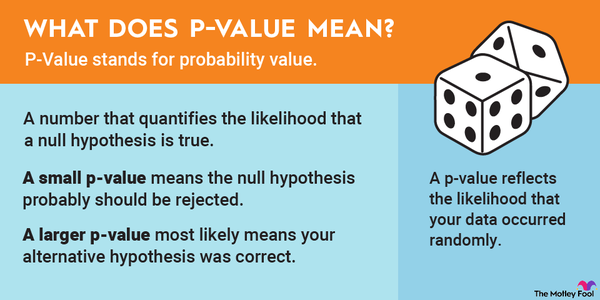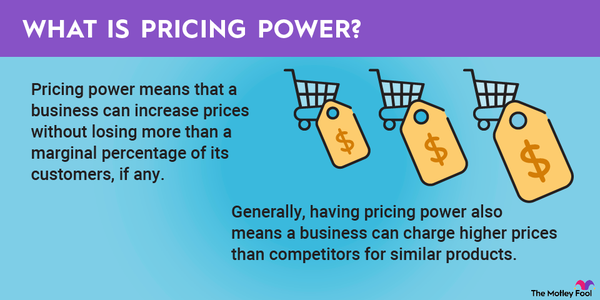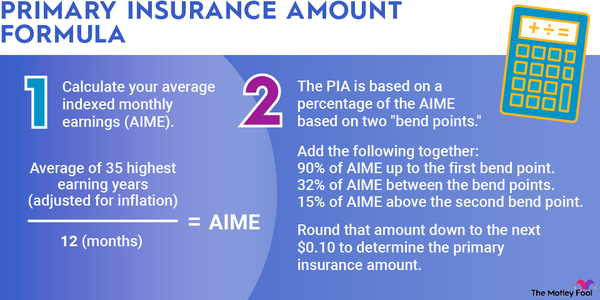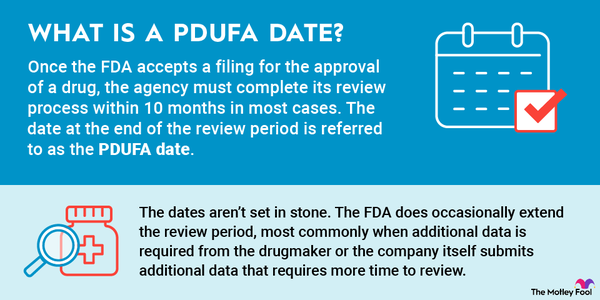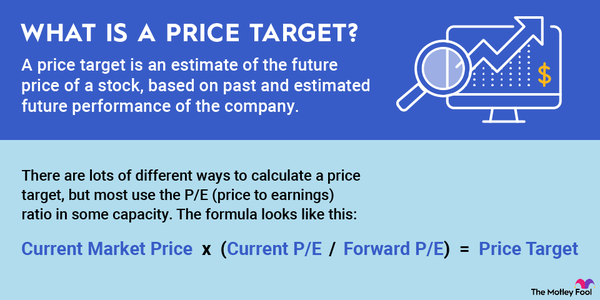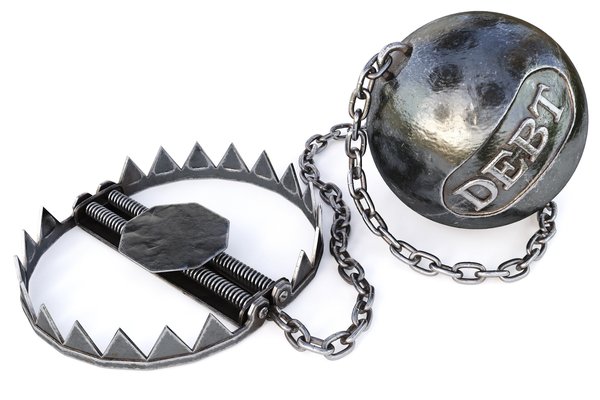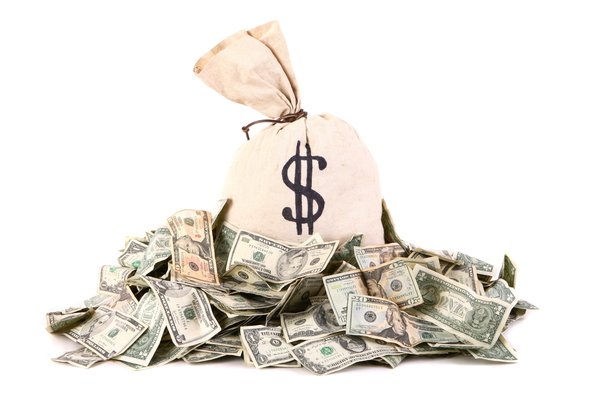There are lots of buzzwords that get thrown around these days, and some are far more meaningful than others. The so-called "pink tax" is a real phenomenon that creates further disparity in income for women across the globe.

What is the pink tax?
What is the pink tax?
The pink tax is a much more catchy term for "gender-based price discrepancies" that occur in everyday life. This phenomenon is not a tax at all but a generalized increase in prices for items that are fundamentally the same but gendered in some way. For example, you might have a blue razor and a pink razor marketed to different genders, but they are otherwise the same.
The difficulty with the pink tax is that it applies to so many things we don't even think about, and it's often hard for a consumer to tell if the two items or services in question are legitimately the same or have enough of a difference to justify the pricing difference. Consumer advocacy groups and government bodies have compared these items, however, and found that serious price discrepancies exist.
Causes
What are the causes of the pink tax?
The pink tax is caused by a number of different factors, which include:
- Tariffs. According to a 2016 report by the Congressional Joint Economic Committee, tariffs can be massively influential to the pink tax. It notes that women's clothing imports, on average, were taxed at a higher rate than men's clothing, even for similar products. Women, of course, then have that tax passed on to them by manufacturers and retailers.
- Product differentiation. Making products that are the same but look different has additional costs associated with it. Although it might make more sense to spread the cost across all the products in the same line regardless of color, the smaller runs of things (like pink razors) generally bear the brunt of the extra cost.
- Price sensitivity. Women seem to be less price-sensitive when it comes to products they need, which has led to companies charging as much as they think they can for those items. Whether it's a toy that's pink vs. blue or a personal grooming product that's floral scented vs. smelling like a pine tree, those additional dollars can really eat into a person's budget.
- Price fixing. As much as we may not like the idea of it, price fixing still exists, especially in limited markets. When a large retailer or manufacturer sees that women will pay more for a competitor's product, they can cause the cost of all products in a particular industry to rise, leaving women with no affordable options. This may happen at the national or local level.
How are women affected?
How much are women affected by the pink tax?
It's difficult to know for certain to what extent women are affected by the pink tax at this moment since it's not a frequently revisited subject. The California Senate Committee on Judiciary and Senate Select Committee on Women, Work & Families found that in 2020, women in California paid almost $2,400 more for the same goods and services as their male counterparts. A 2015 study by the New York City Department of Consumer Affairs found that women in New York City paid an average of 7 percent more than men for similar products.
While this may not sound like much, when you consider the gender pay gap has women earning just 83 cents for every dollar a man makes, on average, the additional pink tax can really eat into the money women have left for living their lives and investing in their futures.
According to the Congressional Joint Economic Committee's report, women also frequently pay higher borrowing costs on instruments like mortgage loans despite having a lower risk profile overall. They are also denied loans more frequently than men.
Related investing topics
Legal issues
What laws are in place to help deal with the pink tax?
Unfortunately, there are no federal laws against the pink tax, but the Pink Tax Repeal Act has been introduced to Congress several times since 2016 and has never managed to pass. Two states and one municipality, however, do offer protections against the pink tax.
California passed the first anti-gender-based price discrimination law in 1995 and another in 2023. New York State passed its own law in 2020. In addition, Miami-Dade County, Fla., passed an anti-pink tax law in 1997.












